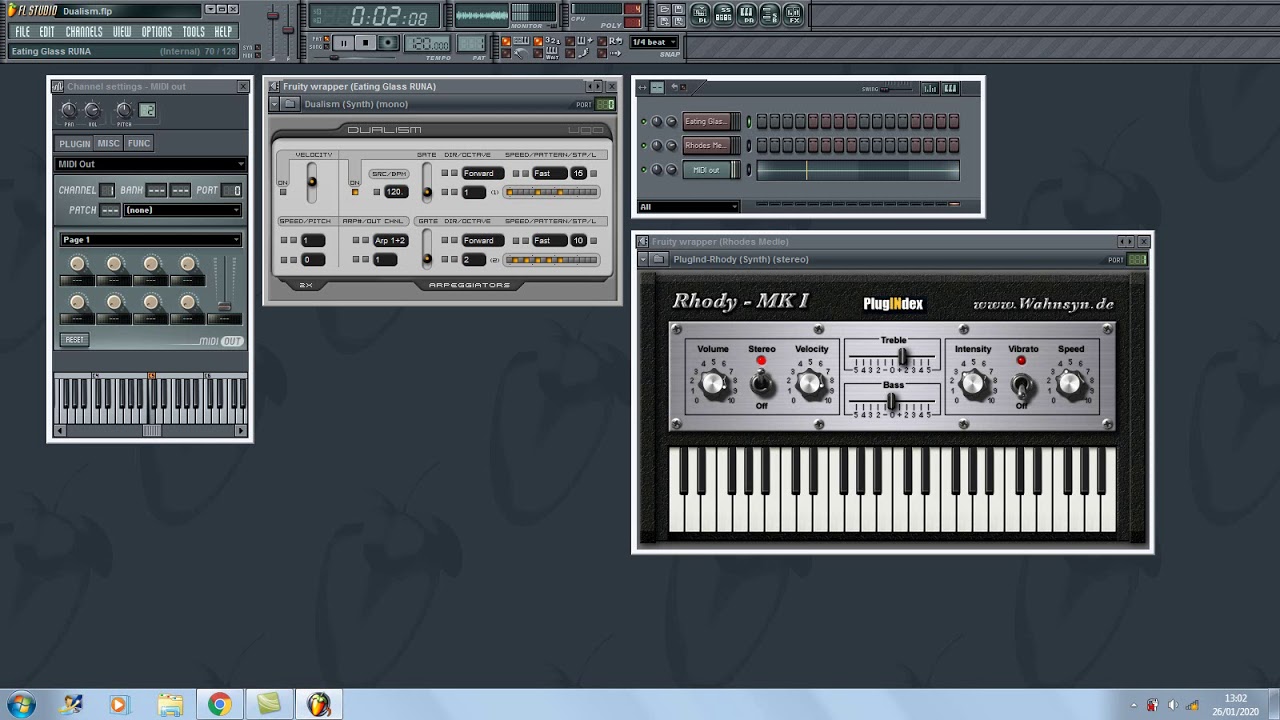As you might have noticed, synthesizers are loaded with many features, some of which have extremely complex names. There are many features in synthesizers, including oscillators, ring modulators and modulation envelopes. These features are often simpler than they are sound. We will be focusing on the Arpeggiator, one of the most common features. After learning how to use an Arpeggiator, you are recommended to go through the list of best Arpeggiator Plugins and select the one that suits your needs.
Arpeggiator plugins are a great way to create captivating tunes. You can play with multiple notes at once by using the Arpeggiator plugins. You have full control of the Arpeggiator, which will mix your notes and give you complete control. From synchronization to creating some impressive and complete melodies, Arpeggiators can play more patterns that are advanced. You can choose the one that suits your needs best and make your melodies groovier.
Are you interested in learning?

Let us look at some of the main features of an Arpeggiator plug-in. You should note that not every Arpeggiator would offer all the features we list here. You should also note that Arpeggiators could be used in conjunction with synthesizers. Alternatively, you can use an Arpeggiator MIDI Effect, which will send the track’s notes to the appropriate software instrument.
Amount and & note
Your first step in your Arpeggiator is to decide how long the sequence should be before it loops. Then you can set the note lengths for each step. You could have 16 steps with 16th notes.
Programming
Program the arpeggio rhythm. It means which steps trigger a note and how long each step should last. For more variation, you can “tie” the steps together. Sometimes you can also increase or decrease each step individually. You can adjust the velocity level of each step to change the volume, per step.
Arpeggiator Mode
You can play a chord in a continuous sequence, note by note. You can start with the lowest note, then move up to the highest note. You can also go the opposite direction. You could start with the lowest note, move to the highest, and then jump back to your lowest note to start again. You can also set the “Arpeggiator mode” of your Arpeggiator to trigger notes when you hold down a chord.

Professional variation
Programming step variation is possible if your Arpeggiator supports it. You can transpose the pitch for specific steps. You could have some steps play all the notes of the chord, instead of just one. To create a “stutter”, you can subdivide a step. You can create infinitely more complex Arpeggiator patterns by using step variation.
Arpeggiators: Why use them?
When used properly, they can be cool. While Arpeggiator are often retro sounding, they can be used creatively and tastefully to create modern music. When played in a sequential progression, these broken chords create a flow and kick to the soundtrack. These allow for greater control over the composition of notes. Depending on which MIDI instrument you use, they can create extraordinary textures and exotic sounds.

